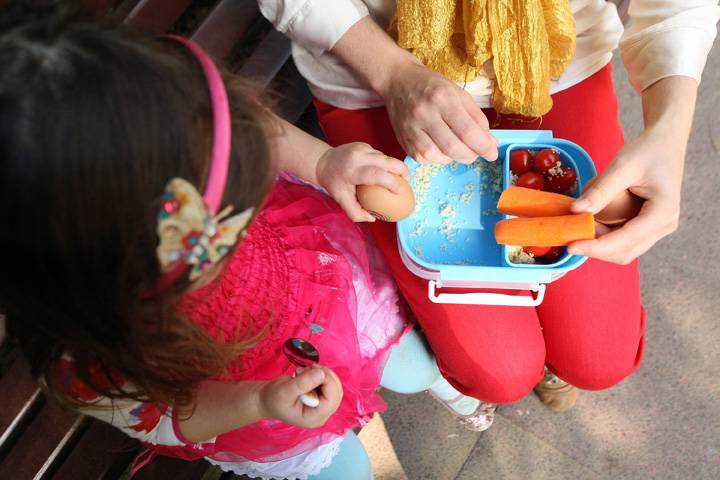Two federal ridings in Ottawa are among the top 30 ridings in the country with the highest child poverty rates, according to a report released Monday by anti-poverty advocacy organization Campaign 2000.

Three out of every 10 children residing in Ottawa-Vanier live in poverty, the report’s data showed. At 31.3 per cent, this was the highest rate of the Ottawa-area federal ridings and the 18th highest rate in the country.
The child poverty rate in Ottawa South was only slightly lower, ranking 29th at 28.6 per cent – while the riding of Carleton, at 5.9 per cent, had one of the lowest rates in Canada.
The national average is 17 per cent.
Campaign 2000, a non-partisan coalition of community groups founded in 1991, published the report ahead of the release of a national poverty-reduction strategy that’s in the works. The organization hopes the federal government will finalize and adopt the strategy before the 2019 federal election.
In a statement, Mona Fortier, the federal member of Parliament for Ottawa-Vanier, said she is “saddened” to see the statistics for her riding and that reducing the number of children living in low-income households – both locally and nationally – is a “huge priority” for her.
Fortier claimed the Liberal government’s Canada child benefit program, introduced in 2016, has assisted more than 15,000 kids in Ottawa-Vanier. She said she has been working with community groups and families in her riding “to ensure every family who is eligible for the Canada child benefit receives it.”
- Capital gains changes are ‘really fair,’ Freeland says, as doctors cry foul
- Ontario doctors offer solutions to help address shortage of family physicians
- ‘Dangerous message’: Experts slam anti-sunscreen claims circulating online
- ‘Trying not to die’: Tourism operators loaded with debt despite rising demand
The benefit, designed to help families better cope with the expenses of raising kids 18 years and under, is a tax-free payment that eligible families receive monthly.
“Along with changes to other government programs I am confident that we will turn the tide on poverty in the country,” Fortier said.
The Campaign 2000 report released today compared and analyzed child poverty rates across Canada’s 338 federal ridings, using income tax data and socio-demographic data from the 2016 census and then organizing the ridings equally into five different ranges.
The results, the group argued, tell “a tale of stark social exclusion.”
The ridings in the highest range – those with the greatest prevalence of child and family poverty – are home to “the largest proportion of recent immigrants, racialized people, Indigenous people and lone parent families,” as well as the largest proportion of renters. These ridings also see some of the highest unemployment rates, Campaign 2000 reported.
“The strong correspondence between these socio-economic characteristics and the prevalence of child poverty … provides further evidence to suggest that child poverty in Canada continues to be an outcome of social inequity rather than mere bad luck or poor individual choice,” the report stated.
Twenty-six of the 67 ridings found the highest range are ridings in Ontario – more than half of which are located in the city of Toronto.
The 2016 census numbers, when first released by Statistics Canada, revealed that close to 1.2 million children across the country – or approximately 17 per cent of all Canadian children – were living in poverty in 2015.
Campaign 2000 says it wants to see the child and family poverty rates in Canada, as measured in 2015, reduced by 50 per cent by 2020.
Here’s a list of child poverty rates broken down by riding in the Ottawa area, in descending order:
- Ottawa-Vanier: 31.3
- Ottawa South: 28.6
- Ottawa West-Nepean: 24.9
- Stormont–Dundas–South Glengarry: 19.9
- Ottawa Centre: 15.8
- Renfrew–Nipissing–Pembroke: 13.0
- Glengarry–Prescott–Russell: 10.1
- Nepean: 9.7
- Orléans: 8.1
- Kanata-Carleton: 7.7
- Carleton: 5.9
Editor’s note: An earlier version of this story, in several instances, referred to Campaign 2020. The name of the organization is Campaign 2000.




Comments